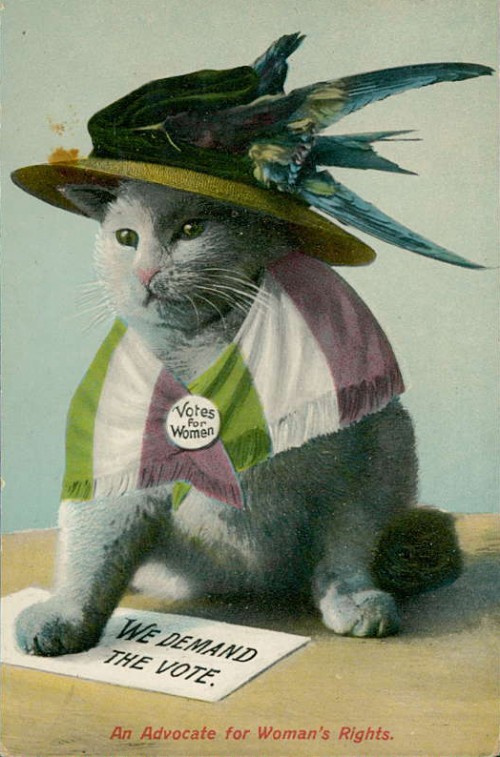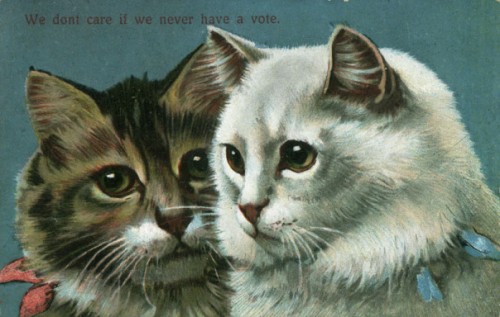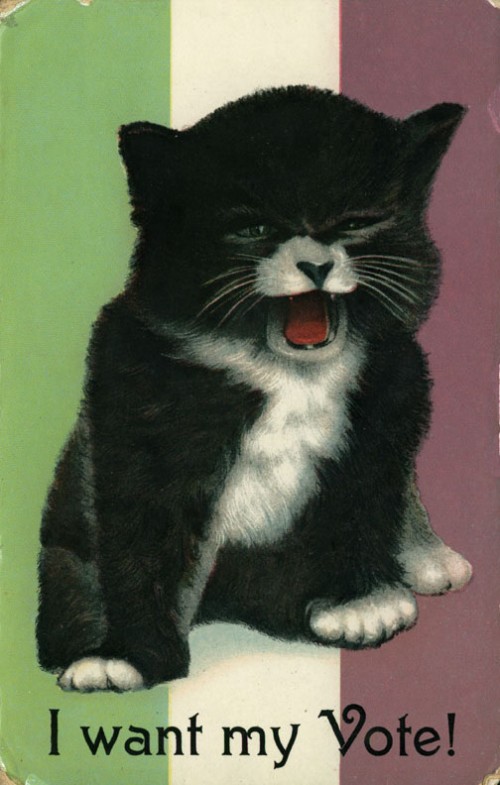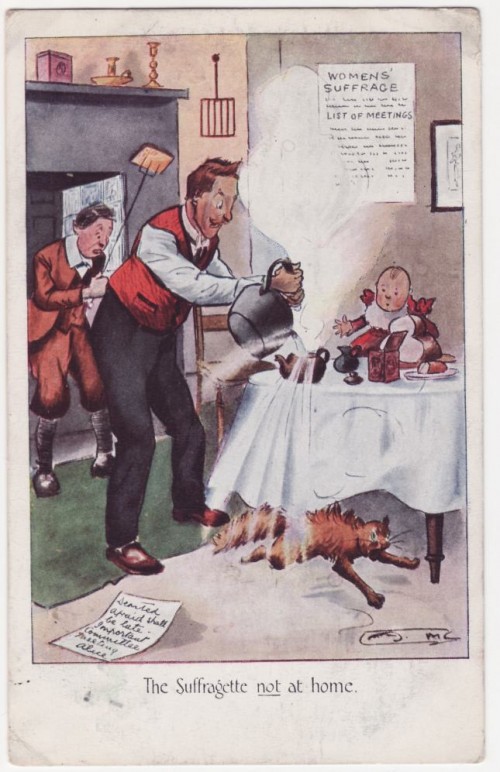Flashback Friday.
Sally R. sent in a two-page Tropicana ad she found in her morning newspaper. The ad features, as Sally puts it, a “hard (bad) surly girl in pants and [an] easy (nice) girl in a dress with a flowery gift and passive smile…” The first is labeled “hard to handle” and the second “easy to handle.” The new orange juice container is supposed to be more like the “easy” girl.
On the face of it, this ad is about parenting. But there is so much more going on that makes the ad work.
Notice how easyness is communicated with symbols of femininity. The message is that girls are, ideally, accommodating and passive. Girls should be like objects, easy to “handle.” Would the ad work quite the same way if the child was a boy? Do we hope/expect that our boys will be completely passive and convenient to handle?
Sally also notes the “double meaning of easy” which, combined with the girl’s coy pose and smile, sends a sexual message. The sexual promise that the ad makes (it/she is “easy to handle”) works despite (or because of?) her age. Consider how similar the image is to these examples in which women and girls are simultaneously sexualized and infantilized with the use of passive poses and symbols of youth.
This conflation of object status, femininity, being female, and being well-behaved is obnoxious. It’s insulting to both boys and girls and affirms the false gender binary. It’s dangerous, too. It contributes to the idea that girls are objects to take advantage of who are misbehaving if they assert themselves. It’s disturbing to see it reproduced for something as trivial as an orange juice carton.
Lisa Wade, PhD is an Associate Professor at Tulane University. She is the author of American Hookup, a book about college sexual culture; a textbook about gender; and a forthcoming introductory text: Terrible Magnificent Sociology. You can follow her on Twitter and Instagram.












